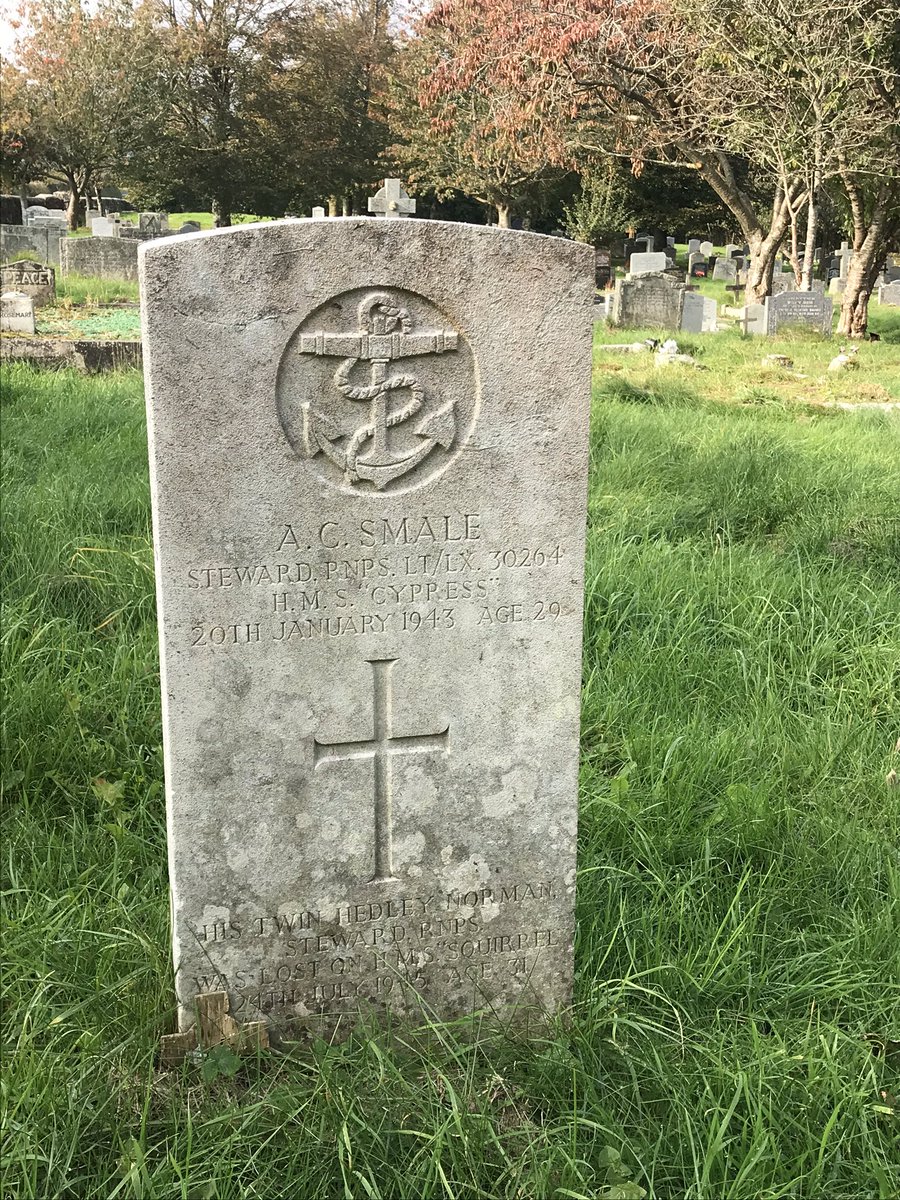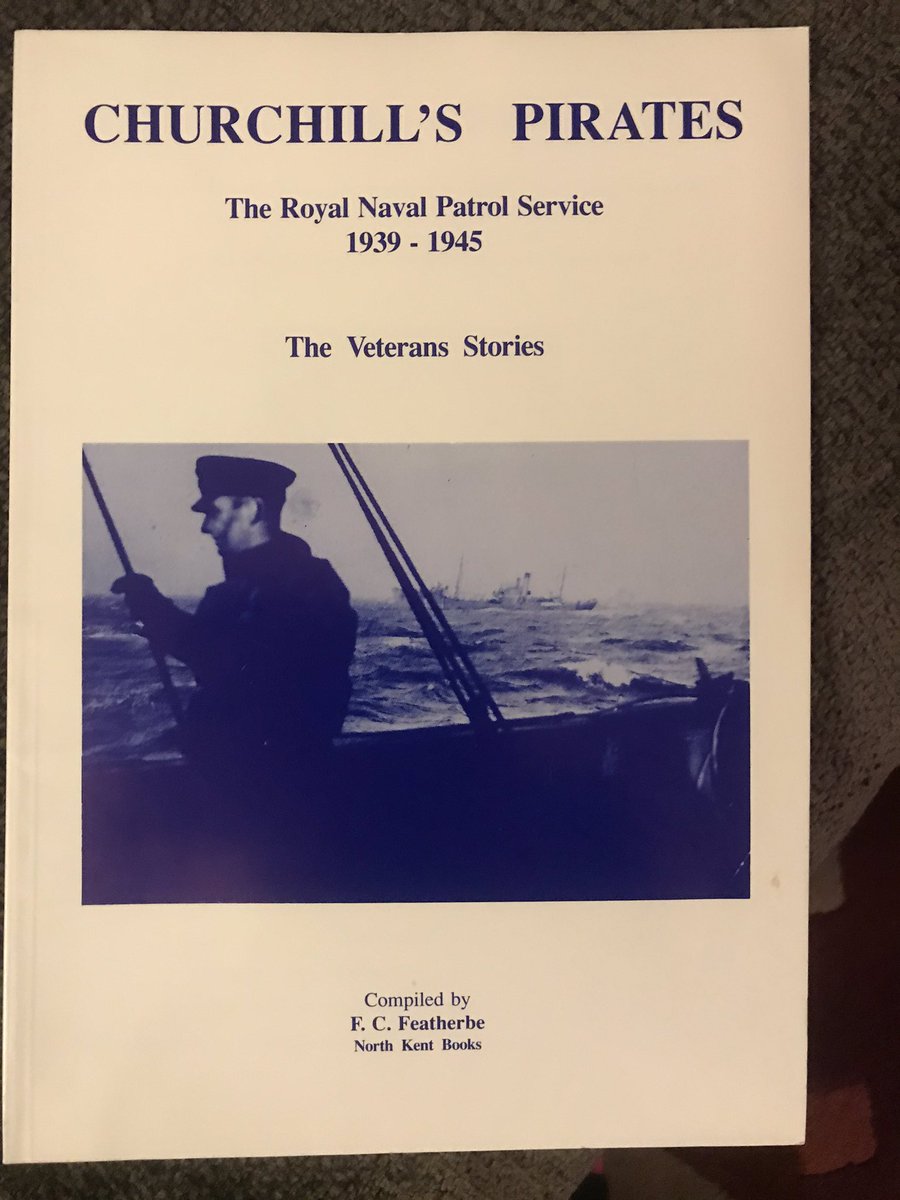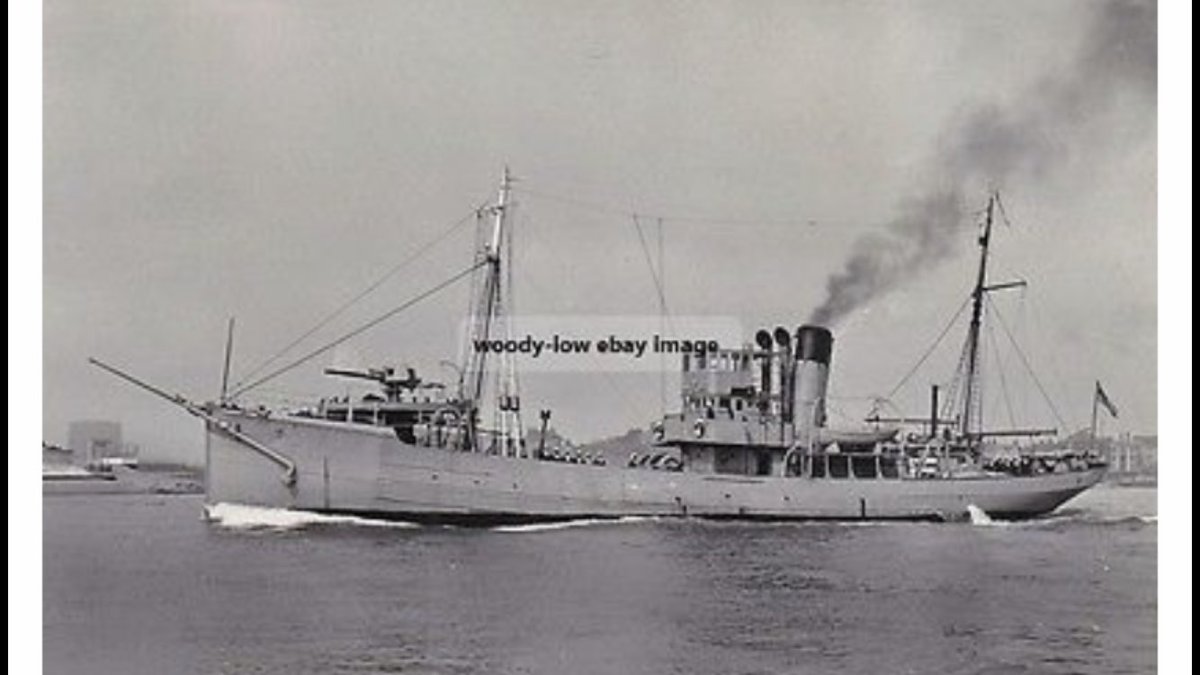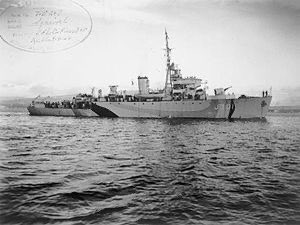Thread on the importance of @CWGC and the way every beautifully tended grave can unlock the stories of lives lost and sacrifices made. I saw this lonely stone in a huge churchyard attached to an isolated, derelict church in Buckfastleigh, Devon.
It records twin brothers Hedley and Arthur Smale, who both lost their lives serving with the Royal Naval Patrol Service in the Second World War. The RNPS featured a lot in my book #CoastalConvoys they nicknamed themselves ‘Churchill’s Pirates!’
Many were fishermen, called up with their boats to work in minesweeping, antisubmarine patrols, boom defence and a whole host of other essential but pretty dull and arduous tasks. I can’t say for sure that Hedley and Arthur were fisherman from this grave.
However they were old for their age and from Devon, and served in the RNPS so it seems likely. Hedley and Arthur were born in Launceston in 1914. Their father died when they were younger but their mother, Ethel, had remarried. Their stepfather was Claude Adams.
Like most RNPS men, Arthur served on a converted trawler, HM Trawler Cypress. Unusually, Cypress was taken over by the Admiralty in 1935, well before the war. She was used as a minesweeping trawler. I found this photo on eBay. Arthur was a Steward.
Cypress had quite a few commanding officers, mostly RNR Lieutenants and Skippers which is typical for RNPS trawlers, although briefly (Nov 1939 to May 1940) the CO was a regular RN Lt-Cdr which probably points to her being a flotilla commander’s ship.
Cypress was never sunk but three other sailors died aboard the ship on the same day, 20 January 1943. The remarkable http://naval-history.net"> http://naval-history.net tells us she was mined - an occupational hazard in sweeping - and Arthur has a marked grave in the UK, so it was probably in UK waters.
Just over two years later Hedley also lost his life in the service of his country, on the other side of the world just weeks before the war ended. Hedley was also a Steward, serving in HMS Squirrel, a modern purpose-built Algerine Class sweeper. Here she is just after completion.
Squirrel was part of the East Indies Fleet, and in July 1945 was taking part in Operation Livery, a series of minesweeping operations off the Coast of Japanese-occupied Malaya in preparation for a proposed invasion, Operation Zipper.
These little-known operations were large and complex; Livery was carried out by two full flotillas of sweepers, the 4th and 7th, supported by the battleship Nelson, cruiser Sussex and two small escort aircraft carriers.
The Livery force came under attack by Japanese kamikaze suicide aircraft and while manoevering off Phuket Island Squirrel struck a mine and caught fire. Although efforts were made to save her, the fire got out of control and staying long in such dangerous waters was too risky.
The Royal Indian Navy sweeper Punjab took off survivors and sank Squirrel by gunfire. Seven men, including Hedley, died. He has no grave and is officially commemorated on Plymouth Royal Naval memorial, as he was a Devonport rating - shown by the D/LX prefix to his service number.
Operation Livery was the last action fought by the Eastern Fleet in the Second World War. Operation Zipper took place, but as an unopposed landing after the Japanese surrender. Plans were so advanced that it proved to be the most efficient way of getting troops into Malaya.
Each @CWGC grave bears an inscription which was provided by the family if they wished to do so. Ethel chose to remember both her lost twins, adding Hedley’s story as the personal inscription at the foot of Arthur’s grave.
Every @CWGC grave tells a story and it only takes a little research to find it. Although I am hugely proud of my private library, everything I have put in this thread was found online over the course of this evening. Why not give it a go?

 Read on Twitter
Read on Twitter





